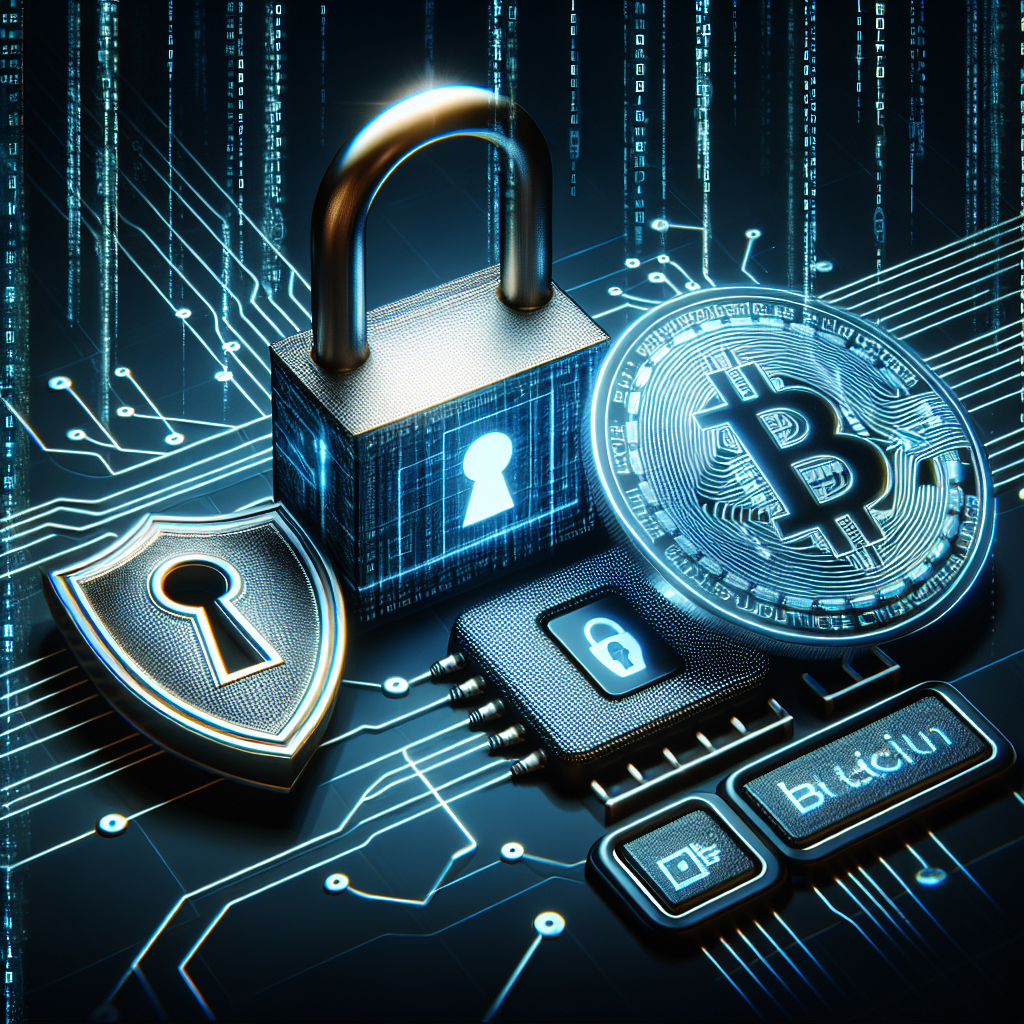Understanding Login Security and Cryptocurrency Safety

Understanding Login Security and Cryptocurrency Safety
In today's digital landscape, securing online accounts and transactions is more crucial than ever. This article examines key elements of login security, emphasizes the importance of user agreements, and outlines best practices for safeguarding cryptocurrency assets.
Login Security: User Agreement and Privacy Policy
Upon accessing a site or app, users are often required to accept the User Agreement and review the Privacy Policy. Login methods typically include:
- Phone Number
- Email Address
- Username
Alongside these, a password is mandatory. Password recovery options are commonly available via a "Forgot Password?" link.
The Frustration with Third-Party Logins
Users frequently express frustration regarding logging into bank accounts through third-party sites for transaction verification. This approach raises significant security concerns and may violate bank policies, as many prefer the safety of direct bank access.
Security Implications
Using third-party services to access bank accounts can seem untrustworthy, exposing personal information to potentially insecure environments. It is essential for users to prioritize direct banking access and be wary of third-party login requests.
Cryptocurrency Security: An Ongoing Challenge
The digital currency landscape is plagued by scams and identity fraud. A notable incident involved Kraken, where a scammer attempted to impersonate an account holder wearing a rubber mask during a video verification call.
Incident Overview
The impersonator struggled to answer basic questions related to the account, raising alarms. Kraken's Chief Security Officer remarked on the absurdity of the situation, highlighting the critical need for vigilance in crypto security.
Implications for Users
This event underscores the importance of using security measures like two-factor authentication (2FA) and hardware security keys. Verification of identities before approving financial transactions is paramount.
Trends in Cryptocurrency Security
The security practices among cryptocurrency exchanges differ widely. While some implement robust measures, others lack essential protections.
Common Security Threats
Some prevalent threats include:
- Phishing: Scammers trick victims into revealing personal information.
- Rug Pulls: Abandoned projects leave investors holding worthless assets.
- Fake ICOs: Misleading initial coin offerings that deceive investors.
Best Practices for Enhancing Security
Users and exchanges can adopt these practices to bolster online security:
- Enable Two-Factor Authentication (2FA) for an added layer of protection.
- Utilize Hardware Wallets to store cryptocurrencies securely offline.
- Regularly Update Software to thwart exploits from outdated platforms.
The Role of Identity Verification in Exchanges
Identity verification is essential for exchanges to enhance security and ensure regulatory compliance.
Methods of Identity Verification
Common verification methods include:
- Know Your Customer (KYC) Checks: Authenticating identities through personal data.
- Document Verification: Validating identification documents.
- Phone Number Verification: Confirming identities via SMS codes.
Becoming a More Secure User
Every user must take charge of their online security. Staying informed and cautious can help in resisting scams.
Staying Informed
Engaging with educational resources on security techniques is essential, as knowledge is a potent defense against online threats.
Conclusion
Ultimately, understanding login processes and prioritizing security measures are vital for protecting personal information and digital assets. By following best practices and remaining vigilant, users can navigate the digital landscape more safely.
#LoginSecurity #CryptocurrencySafety #DigitalSecurity
Read more at https://allaboutblockchain.xyz/post/understanding-login-security-and-cryptocurrency-safety/
Comments
Post a Comment